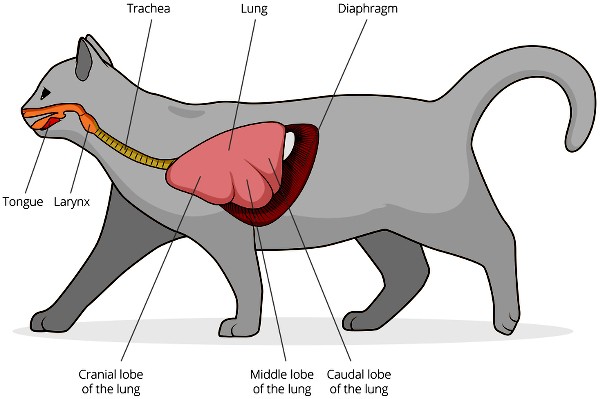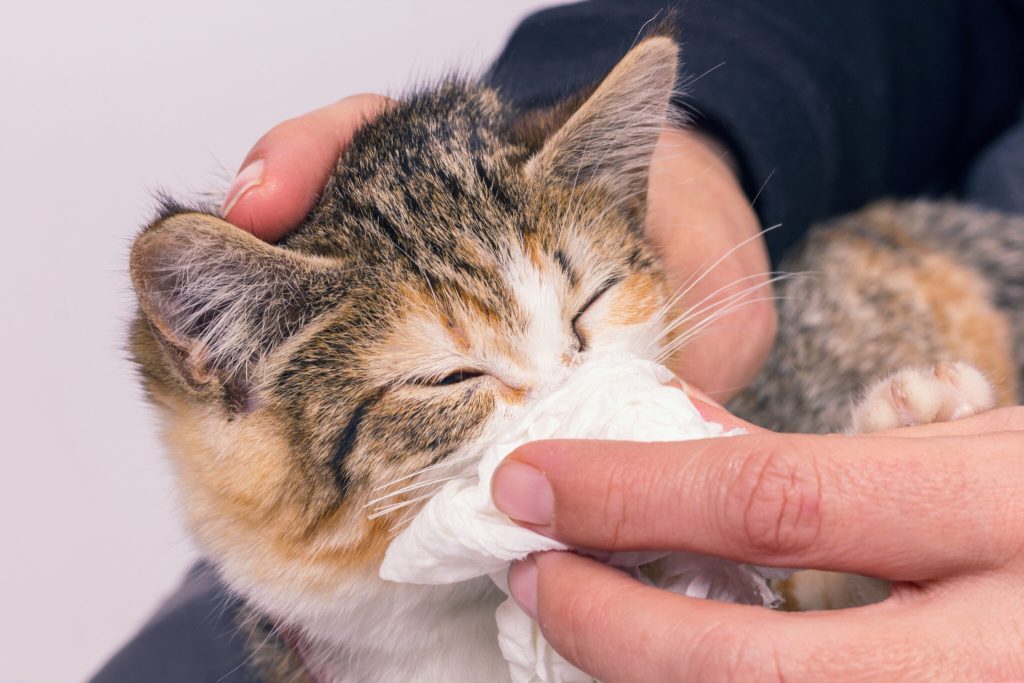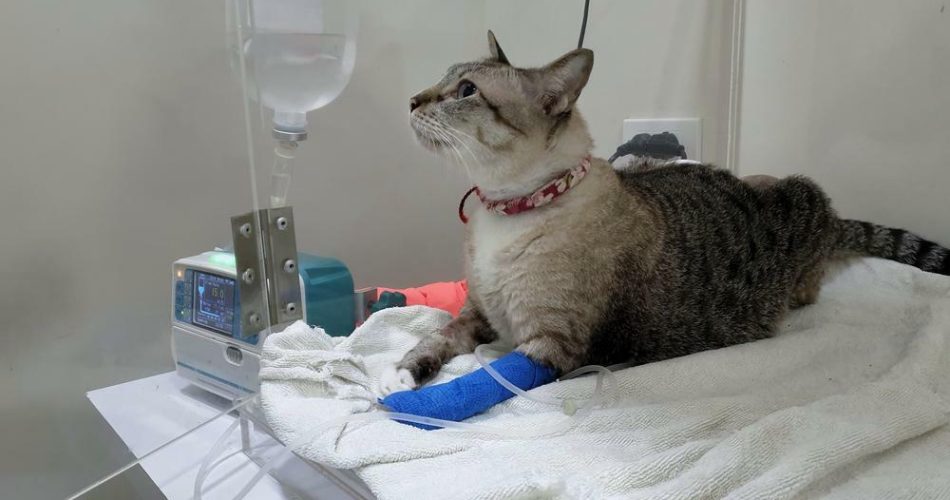Feline upper respiratory infections (URIs) are common illnesses in cats that affect the nose, throat, and sinuses. These infections are especially prevalent in environments where cats live in close quarters, such as shelters, catteries, or multi-cat households. While they often resemble a cold in humans, URIs in cats can lead to more serious complications if left untreated. Understanding the causes, symptoms, and treatment options is essential for ensuring your cat’s health and well-being.
Causes of Feline Upper Respiratory Infections
Feline upper respiratory infections are typically caused by viral or bacterial agents. Two of the most common culprits are feline herpesvirus-1 (FHV-1) and feline calicivirus (FCV). These viruses are highly contagious and can spread rapidly among cats through direct contact or shared resources like food bowls, water dishes, and litter boxes.
FHV-1, also known as feline rhinotracheitis virus, primarily affects the respiratory tract and eyes. It causes inflammation of the nasal passages and conjunctiva, often leading to sneezing and eye discharge. Once a cat is infected with FHV-1, the virus can remain dormant in the body and reactivate during periods of stress or illness.
FCV, on the other hand, not only causes respiratory symptoms but may also lead to oral ulcers, fever, and joint pain. This virus can be more severe in kittens or immunocompromised cats, and certain strains may even cause life-threatening conditions like systemic calicivirus.
Bacterial infections, such as those caused by Bordetella bronchiseptica or Chlamydia felis, often occur as secondary infections following a viral infection. These bacteria further aggravate respiratory symptoms and can prolong the course of the illness.
Other contributing factors include poor ventilation, overcrowding, stress, and weakened immune systems. Young kittens, unvaccinated cats, and those with chronic health conditions are especially susceptible to URIs.

Symptoms of Feline Upper Respiratory Infections
The symptoms of a feline upper respiratory infection can vary depending on the cause and severity of the illness. In most cases, the symptoms resemble those of a human cold. Common signs include sneezing, nasal congestion, and discharge from the eyes or nose. The discharge may start as clear but can become thick and yellowish-green as the infection progresses.
Cats with URIs may also experience coughing, difficulty breathing, or noisy respiration. Loss of appetite is another common symptom, often due to the inability to smell food. Fever, lethargy, and dehydration can develop as the illness worsens. In cases caused by feline calicivirus, cats may develop ulcers on the tongue, gums, or lips, which can make eating painful.
Some cats may also display swollen or red eyes, a condition known as conjunctivitis, which is particularly common with FHV-1 infections. In more severe cases, cats may develop pneumonia, which requires immediate veterinary attention.
Kittens, older cats, and those with compromised immune systems are at greater risk of developing severe or chronic symptoms. Prompt recognition of these signs is essential for ensuring proper care and treatment.
Treatment for Feline Upper Respiratory Infections
Treatment for feline upper respiratory infections depends on the severity of the illness and the underlying cause. Most cases are mild and resolve within one to two weeks with supportive care. However, more severe infections or those caused by bacterial agents may require additional medical intervention.
For mild infections, supportive care at home is often sufficient. This includes ensuring your cat stays hydrated and continues to eat. Providing wet food or warming their meals slightly can help encourage appetite in cats with a diminished sense of smell. Keeping your cat in a warm, humid environment can also help relieve nasal congestion. A humidifier or steam from a hot shower can be particularly beneficial.
If your cat has a bacterial infection, your veterinarian may prescribe antibiotics to target the specific pathogen. Commonly prescribed antibiotics include doxycycline or amoxicillin, which can help resolve secondary bacterial complications.
For viral infections like FHV-1 or FCV, there are no specific cures, but antiviral medications such as famciclovir may be used in severe cases. Your veterinarian may also recommend lysine supplements, which are thought to help reduce the frequency and severity of FHV-1 flare-ups.
In cases where a cat is severely dehydrated, lethargic, or has difficulty breathing, hospitalization may be required. Cats in these situations may need intravenous fluids, oxygen therapy, or nutritional support to recover fully.
To prevent upper respiratory infections, vaccination is key. Vaccines for FHV-1 and FCV are part of the standard core vaccines for cats and are highly effective at reducing the severity of infections. Additionally, maintaining a clean and stress-free environment, minimizing exposure to infected cats, and practicing good hygiene can help reduce the risk of URIs.

Conclusion
Feline upper respiratory infections are a common but treatable condition in cats. Understanding the causes, recognizing the symptoms, and seeking prompt veterinary care can make a significant difference in your cat’s recovery. While most cases resolve with supportive care, more severe infections may require medical intervention to prevent complications. By keeping your cat’s vaccinations up to date and providing a healthy, stress-free environment, you can protect them from the discomfort and risks associated with URIs.
